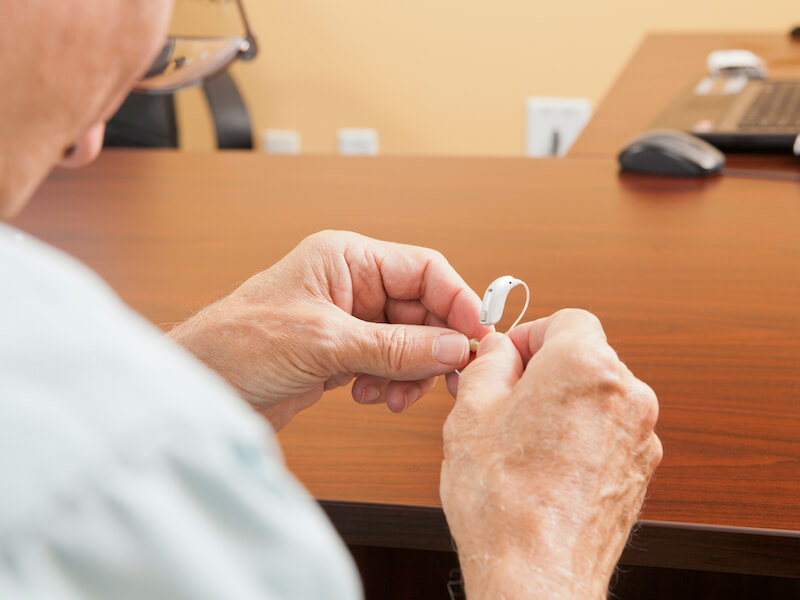
You take care of your hearing aids. When you go to bed, you always put them comfortably on the charger and you clean them every day.
Suddenly and discouragingly, your hearing aids are no longer working the way they once did. There are a few things you can do to troubleshoot the problem, thankfully. Just don’t forget: your main job is to refrain from damaging your hearing aid further (or you might have to replace them).
Hearing aid troubleshooting
Naturally, when you first got your nice new hearing aids, you made a point of storing the owner’s manual in a safe place. You’ll want to get it out so you can utilize it for troubleshooting and, possibly, maintenance. Each model of hearing aid can be rather different so it’s important to follow the manual’s recommendations.
Here are some things you can check on most models:
- Wax accumulation: Do a visual inspection of your hearing aid to ensure that there is no wax accumulation interfering with basic operation. Even if you carry out routine cleaning, sometimes wax can accumulate quickly, so it’s worth checking this off your list.
- Keep your microphone clear: Check your hearing aid to see if anything is obstructing the microphone. A blocked microphone can create feedback or can cause your hearing aids to sound broken or silent.
- Check your battery: Even if you know your hearing aids charged all night, you’ll want to double-check the battery power. If your hearing aid has replaceable batteries, it might be a good idea to check if those batteries are correctly inserted or if a new one resolves the issue.
- Check for noticeable damage: Do you see any visible cracks or loose components around the shell of your hearing aid? Cracks, obviously, could indicate more significant damage (or allow in moisture).
Again, consult your owner’s manual on how you might approach each of these issues. Self-maintenance is sometimes possible.
How can I tell when my hearing aid needs repair?
Your hearing aid will most likely need to be professionally repaired if you do routine upkeep and it still malfunctions. That might not always sound appealing, after all, you rely on your hearing aid for daily communication (along with dinners with your family, keeping up to date with your favorite Netflix series, and so on).
It’s certainly worth taking note that “repair” doesn’t always translate into “send your hearing aids in for service and wait a few weeks”. In some cases, we can fix it in office and you can take it with you when you go.
Or, you’ll be able to bring your hearing aids in for professional assistance and get them back in just a few hours (this, obviously, depends on the degree of the damage, all the more reason to get your devices in for repair as soon as possible).
But fast repair won’t be possible in all cases. And in those cases, you may find yourself in need of a backup set of hearing aids. Perhaps you have an old pair that will do temporarily in a pinch. We might even be able to loan you a pair while you are waiting.
Don’t wait to get assistance with your hearing aids
It’s essential to have your hearing aid assessed and repaired if you start to notice the audio quality is beginning to fail.
You’ll want to avoid any downtime. Untreated hearing loss can impact your overall health, and that includes your mental health. More to the point, once your hearing aids are ignored in a box somewhere, it’s all too easy to pretend they don’t exist, meanwhile, your hearing grows worse and worse.
Keeping those hearing aids in good working order is the key to keeping your hearing healthy. Keeping them charged, clean, and when necessary, professionally repaired is the best way to do that.